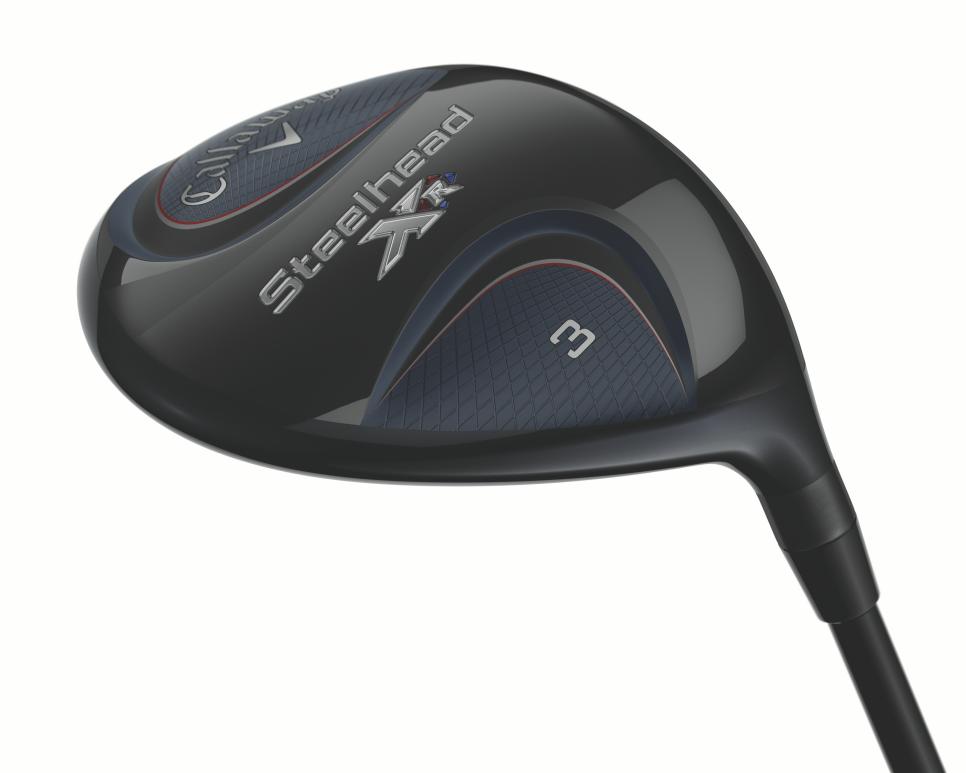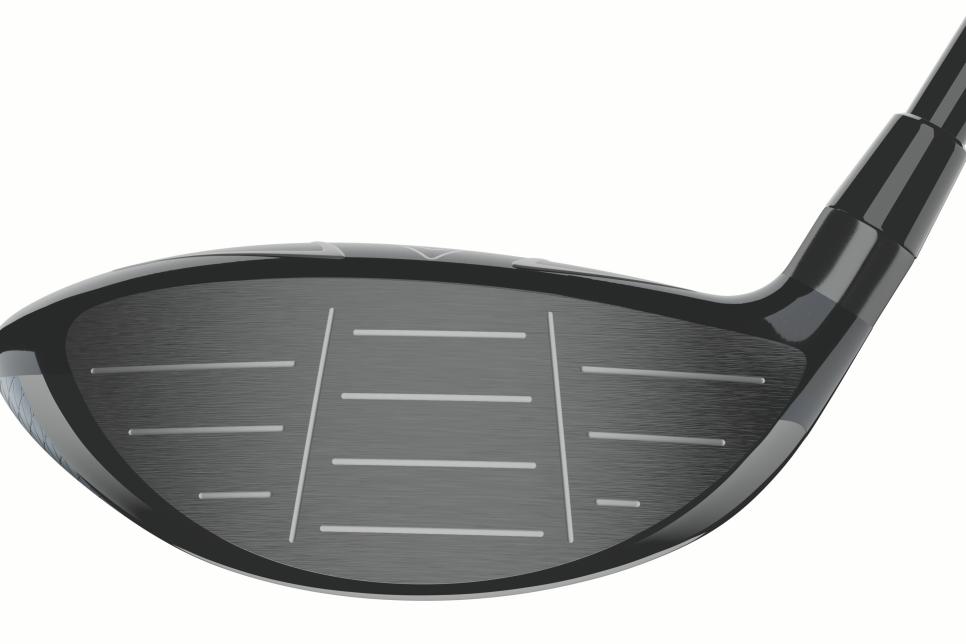Equipment
Callaway Steelhead XR gives turn-of-the-century top-seller total recharge

The new Callaway Steelhead XR is an update of one of the most successful fairway woods in history. Still, since that history came nearly a generation ago at the turn of the century, one might expect that the technology upgrade would be easy.
Not so fast, says the team at Callaway.
“Compared to the modern day fairway woods, they were some of the lowest spinning fairway woods of any we tested,” said Evan Gibbs, Callaway’s senior director of metalwoods research and development. “But they managed to launch the ball quite high. I was shocked by how good they still were.”
The new Steelhead XR fairway woods incorporate a lot of the visual cues of the original Steelhead designs, which sold 2.3 million units in the early 2000s. Most notable among those is the slightly taller face size (about 10 percent taller vs. the XR fairway woods), and the uniquely contoured and cambered sole. Here, the toe and heel areas are slightly relieved, a bit of a departure from Callaway’s and many other current fairway woods’s more squared-off leading edge. Veteran observers will remember the scalloped sole sections designed to slide the bottom of the club more smoothly through a variety of lies from fairway, rough to even bunker. The Steelhead XR features deeper curves and relief sections in the sole compared to the original Steelhead models, first introduced in 1998. (They were followed up by the Steelhead Plus in 1999 and Steelhead III in 2002.)

“The high degree of camber allows us to have the slightly taller face,” said Alan Hocknell, Callaway’s senior vice president of research and development. “The camber allows the head to go through the slightly choppier turf and when you are in those circumstances you do use more of the face. So the idea of having a slightly larger face with a larger high ball speed area is very attractive.”
The Steelhead XR shape was one starting point, but getting it up to the modern speed and spin characteristics of high-launch/low-spin design required two fundamental enhancements. First, the crown is made of a lightweight J-36 carbon composite that saves weight (about 20 grams compared to an all-steel crown) and allows for a lower center of gravity. Second. the face design features the wraparound cup face that increases ball speed for both on-center and off-center hits. Gibbs estimates the ballspeed advantage is 3-5 miles per hour compared to the original Steelhead models.
In a way, it’s a similar experience that the Callaway team had in upgrading the original Steelhead iron designs for the successful Steelhead XR irons: Keeping the old and making it new.

“This was one of the more fun products to design because you’re trying to blend together all those characteristics of the old Steelhead clubs that made them so popular and then throw in all the modern technology of face cups and carbon crowns,” Gibbs said. “The combination came out really good.”
The ultimate goal for the new Steelhead XR was, as Hocknell says, “to broaden your mind about the definition of performance for a fairway wood,” focusing on the utility of the club and its forgiveness not just on off-center hits but on the way a club moves through the ground. Gibbs says the center of gravity is also slightly forward, making the fairway wood almost feel like a hybrid, in terms of its mass properties.
Another key to the Steelhead XR’s utility will likely be its broad array of lofts. That involves seven models that range from 13.5 to 24 degrees and includes heavier standard shafts in the strong 3+ and 4+ woods, as well as a 9-wood and the 42 1/2-inch, 20.5 degree Heavenwood (in essence, a 7-wood loft on a 4-wood shaft).
The Steelhead XR fairway woods will be in stores July 14 ($230; 13.5-, 15-, 16-, 18-, 20.5-, 21-, 24-degree lofts).